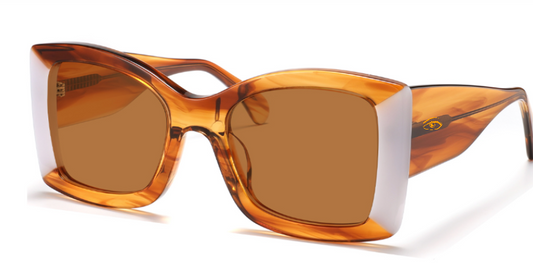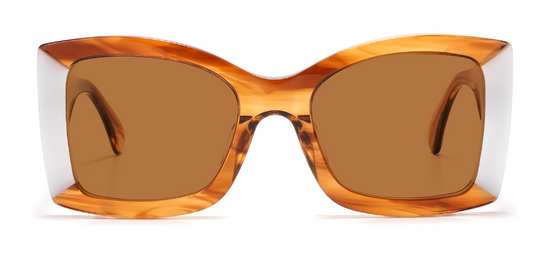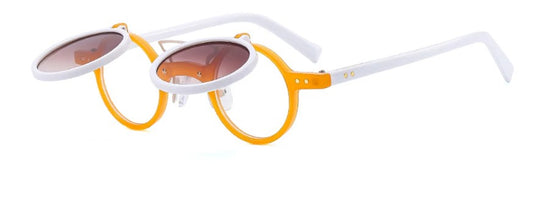Collection: Women
Succulent Eyez Eyewear is designed for women who want to see clearly and slay effortlessly. We offer stylish, affordable prescription lenses paired with chic, fashion-forward frames—because your vision and your vibe both matter.

-
Jane Signature Sunglasses
Regular price $60.00 USDRegular priceUnit price / per -
Bourgogne Signature Sunglasses
Regular price $50.00 USDRegular priceUnit price / per -
Lee Signature Flip-Up Sunglasses
Regular price $30.00 USDRegular priceUnit price / per -
Patch II Signature Sunglasses
Regular price $45.00 USDRegular priceUnit price / per -
Shon Signature Sunglasses
Regular price $45.00 USDRegular priceUnit price / per$0.00 USDSale price $45.00 USD
Prescription Information
What is Pupillary Distance?
Pupillary distance, or PD, refers to the distance in millimeters between the center of one pupil to the center of the other. Having a correct PD on your vision prescription ensures that you’re looking through the ideal spot in your lenses.
If this number wasn’t provided on your prescription by an eye care professional, you can measure it yourself at home.
How to Measure Your Pupillary Distance?
How to Measure PD
If you're using our PD ruler on someone else (or they're using it on you), fold it to the side that says “Using a friend.” Have them sit down and focus on something 10 to 20 feet ahead to keep their eyes steady.
Next, place the PD ruler against their forehead and align the zero with the center of their right pupil. The number above the center of their left pupil is their PD. When measuring, it may help to close one of your eyes so you can read the precise number.
How to Measure PD by Yourself
Measuring your pupillary distance is fairly simple, even if you're alone. All you need is our PD ruler and a mirror. Once you have what you need, follow the steps below:
Measure PD Yourself
- Fold the ruler, then flip it to the side that says “Using a mirror.”
- Stand about 8 inches in front of a mirror. Hold the ruler horizontally over your eyes and center the zero directly over your left pupil. If needed, you can hold the ruler against your forehead for added stability.
- Cover or close your left eye. The number directly over your right pupil is your pupillary distance.
Single vs. Dual PD
Single pupillary distance is the measurement between the center of one pupil to the center of the other. Dual PD is the distance between the center of each pupil to the middle of the nose. The two numbers in a dual PD represent each of those distances, with the right eye’s PD appearing first.
PD Measurement Accuracy Importance
Your vision is centered on a small section of your lenses, and the PD is used to shape the lenses to accommodate this. If your lenses aren’t properly centered based on your pupillary distance, they can cause dizziness, headaches, and/or blurred vision.











